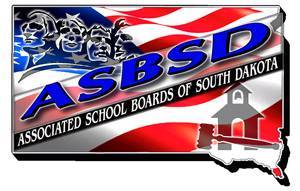The Legislative Planning Committee charged with completing a long-term study of K-12 education and its funding components learned of the potential affects equalization of the other revenue school districts receive could have on K-12 community.
Department of Education Director of Finance Tammy Darnall said the discussions of other revenue usually focus on utility, wind farm, bank franchise taxes, county apportionment, revenue in lieu of taxes and other taxes.
Darnall said “other revenues vary greatly” on a per-student basis by district, with the largest recipient of other revenue (based on numbers from Fiscal Year 2013) receiving just above $3,200 per-student and the lowest receiving $129.99. The average other revenue received per-student was approximately $609.
A projection of other revenue equalization on a per-student basis indicated that 55 school districts would gain other revenue dollars and 96 districts would lose funding.
The idea to equalize other revenue was broached during session.
House Bill 1204, sponsored by Rep. Dan Dryden, called for the redistribution of fine dollars in a district’s local effort calculation for state aid. Rep. Dryden said the change in local effort calculation would require an $11.6 million deposit from the state to equalize their share in state aid based on the Cutler-Gabriel provision, which establishes a 54-46 percent split in state and local effort, respectively, for state aid.
Rep. Dryden also introduced House Bill 1205, which called for the creation of the school district tax revenue fund to equalize dollars from revenue collected by school districts from the bank franchise tax, wind energy tax and utility taxes.
Both bills died in the committees they were assigned. Based on resolution C6, passed by delegates last November, ASBSD opposes the equalization of other revenue.
The committee is expected to further examine other revenue in future meetings.
For updates on the study, check the ASBSD Blog and follow ASBSD on Twitter @asbsd_org.
